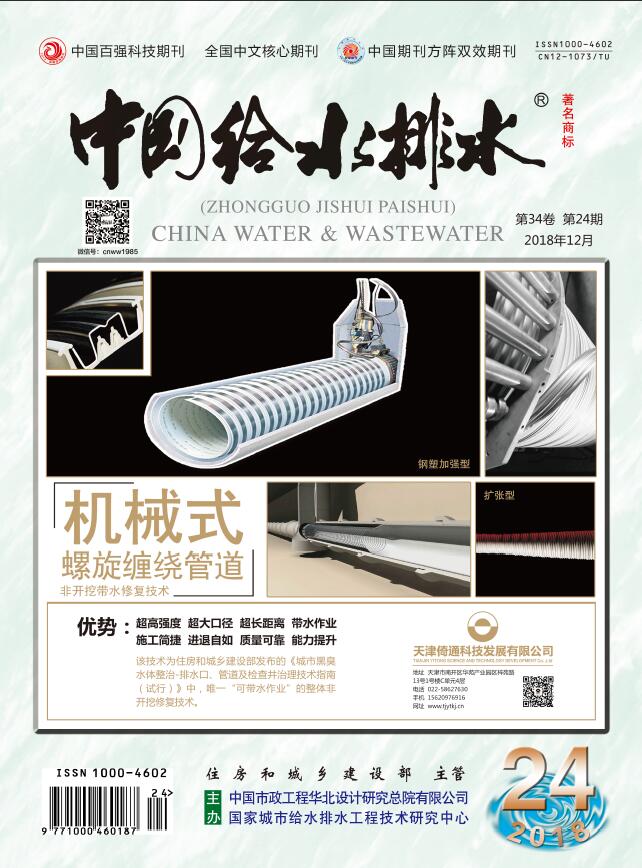NILi,LIANGWei-jun,WANGHong-ping,et al.Application of Ion Exchange for Resource Recovery of Ethanol Wastewater Containing Organic Ammonium Compounds[J].China Water & Wastewater,2025,41(13):114-118.
Application of Ion Exchange for Resource Recovery of Ethanol Wastewater Containing Organic Ammonium Compounds
China Water & Wastewater[ISSN:1000-4062/CN:12-1073/TU]
volume:
第41卷
Number:
第13期
Page:
114-118
Column:
Date of publication:
2025-07-01
- Keywords:
- ion exchange; ethanol wastewater; wastewater from ethanol removal process (ERP wastewater); resource recovery
- Abstract:
- In the synthesis of titanium-silicon molecular sieve TS-1, a high-concentration ethanol wastewater containing a small amount of tetrapropyl ammonium hydroxide (TPAOH) is generated from ethanol removal process (ERP). This wastewater holds significant potential for resource recovery and utilization, with the removal of TPA+ being a critical step to achieving effective resource utilization. Based on the patent of A Resource Treatment System of Low Amine and High Alcohol Wastewater from Alcohol Removal Process during Titanium Silicon Synthesis, the ERP wastewater resource utilization system designed by employing the ion exchange process comprises a wastewater treatment system, an intelligent monitoring and control system, a power supply unit, and other ancillary components. The capacity of the system is 6 m3/d. The adsorption column and the ion exchange column have specifications of 500 mm × 2 000 mm. The operation of the three stages (purification, regeneration and purification) indicated that approximately 50 m3 of wastewater was purified in one operational cycle lasting 54 hours. The pH of the treated wastewater decreased from 7.5-9.8 to 6.86-6.93, the conductivity decreased from 14.9-67.4 μS/cm to 1.5-2.0 μS/cm, and the ethanol content and volume remained virtually unchanged. The concentration of TPAOH was less than 5 mg/L. Meanwhile, aerobic respiration experiments demonstrated that the purified wastewater did not exert any inhibitory effects on the microbial activity of the sludge. The regeneration process consumed only a minimal amount of desalinated water, hydrochloric acid, and sodium hydroxide. It produced a limited volume of non-toxic wastewater containing suspended solids, acids/bases/salts, and recovered organic ammonium salts with approximately 1% TPA+ content. The comprehensive full-cycle economic analysis reveals that treating 1 m3 of wastewater generates an approximate economic benefit of 2 500 yuan.
Last Update:
2025-07-01

